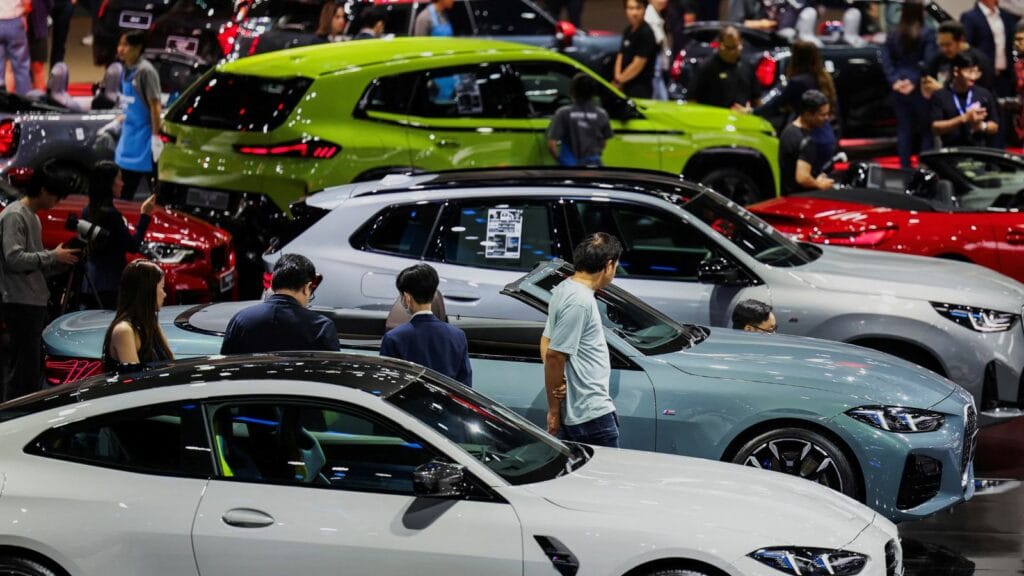Welcome to the wild ride that is Canada’s 2025 car market. Tariffs, trade tensions, and supply chain disruptions have transformed what used to be a straightforward trip to the dealership into a complex geopolitical chess match. Here are 25 tariff-driven trends that will shape what you drive.
Higher Sticker Prices on Imported Models
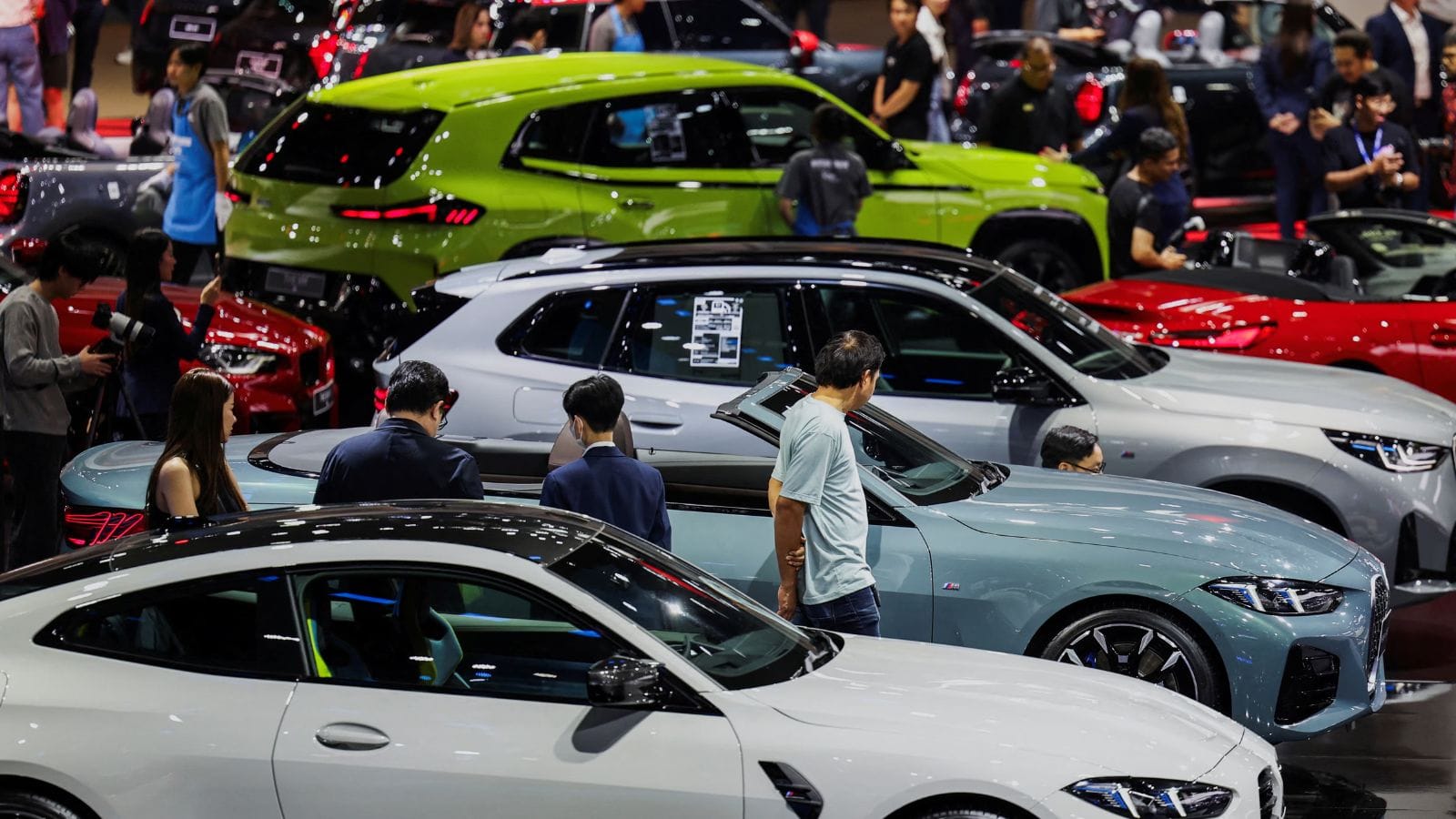
Tariffs on imports, especially from the U.S., Europe, and Asia, are pushing up the base cost of vehicles. Brands like BMW, Mercedes-Benz, and even Toyota are passing on these costs to buyers. Analysts from Deloitte and the Insurance Bureau of Canada found that these tariffs, combined with U.S. duties on steel/aluminum, are inflating new-car sticker prices by roughly 5–11%—about CA$2,000–8,000, depending on the model. Additionally, electric vehicles, which rely heavily on imported batteries and parts, are seeing even sharper increases, up to CA$1,200 per car.
Surge in Domestic Assembly Investments

With the U.S. imposing 25% tariffs on non-USMCA-compliant Canadian vehicles and parts since March, automakers have accelerated efforts to meet the 75% North American content requirement to avoid tariffs. This has already prompted major investments, such as GM expanding EV battery production in Oshawa, Stellantis retooling its Windsor and Brampton assembly lines for electric models, and Ford shifting its transmissions to Ontario. Meanwhile, Canadian parts suppliers like Magna are growing by localizing production to comply with rules of origin and cushion tariff impacts.
Longer Waitlists for Popular Imports
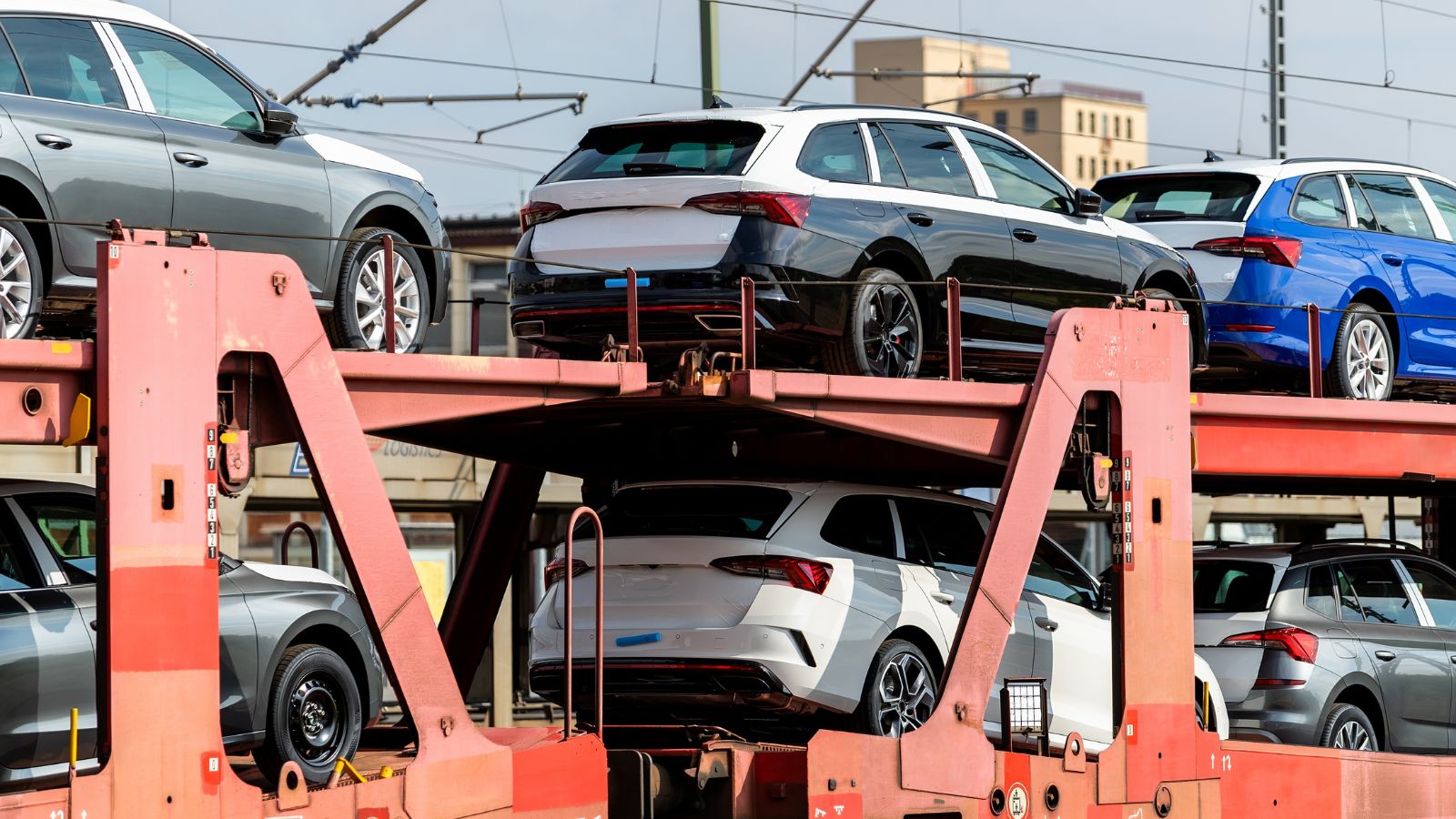
With parts and finished vehicles facing customs bottlenecks, wait times for in-demand models like the Toyota Sienna Hybrid and Subaru Outback have stretched to 6–12 months. Analysts warn that prices could increase by $ 5,000–$ 12,000 per vehicle and that auto insurance premiums may rise as replacement costs escalate. Also, unless the trade standoff eases—or remissions for Canadian assembly boost domestic output—the backlog for popular imports may persist into late 2025.
Spike in Used Vehicle Prices
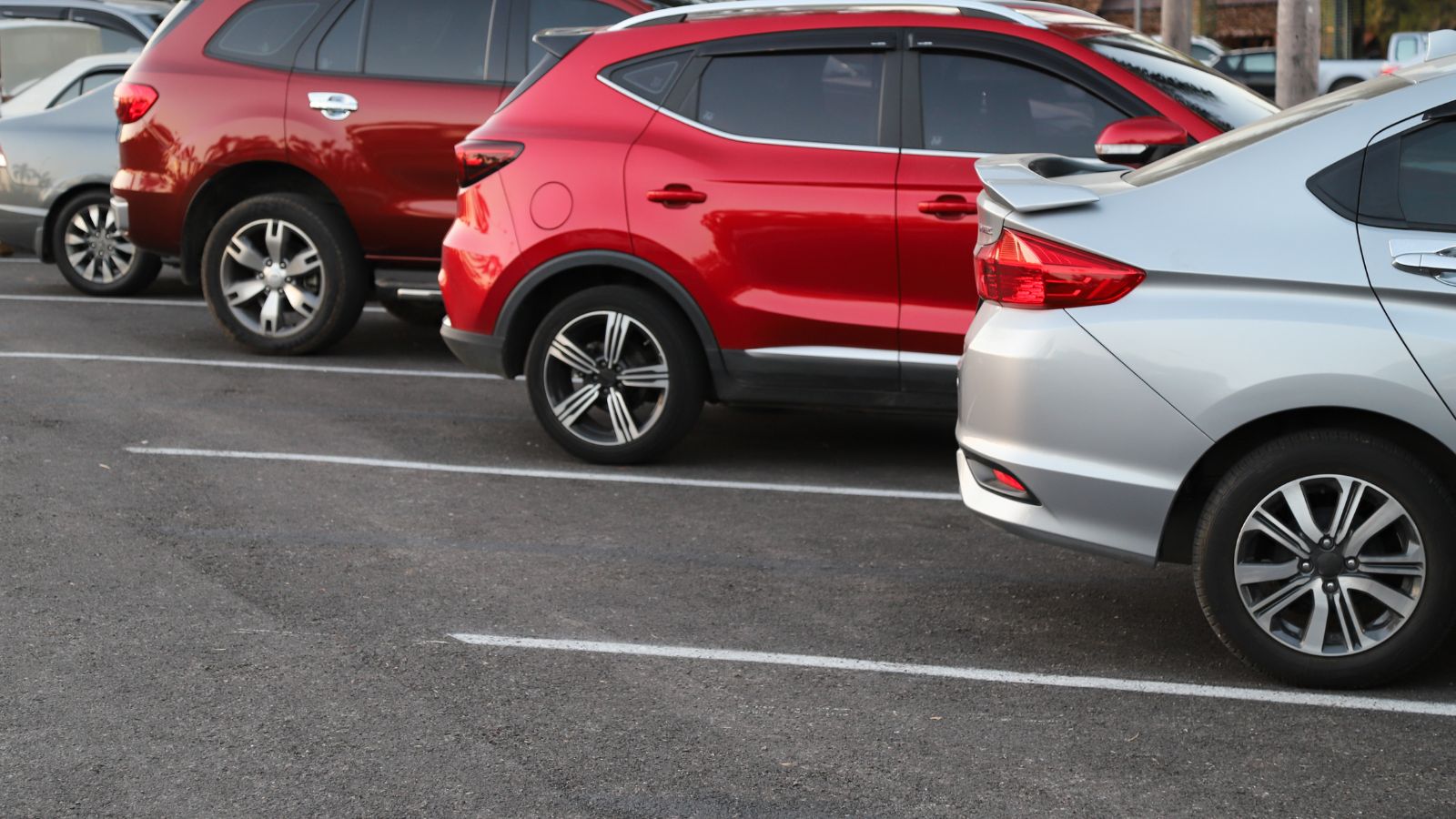
More buyers are turning to the used market to dodge high new-car tariffs. As the affordability of new cars decreased, buyers shifted to the used car market, squeezing supply and driving up prices. Meanwhile, manufacturing disruptions and constrained off-lease inventories—forecasted to decline by 3% in 2025—will further tighten the used supply. Analysts warn that this ripple effect from tariffs could elevate used-car prices by up to CA$3,000, especially on popular SUVs and electrified trucks.
Cross-Border Shopping Declines
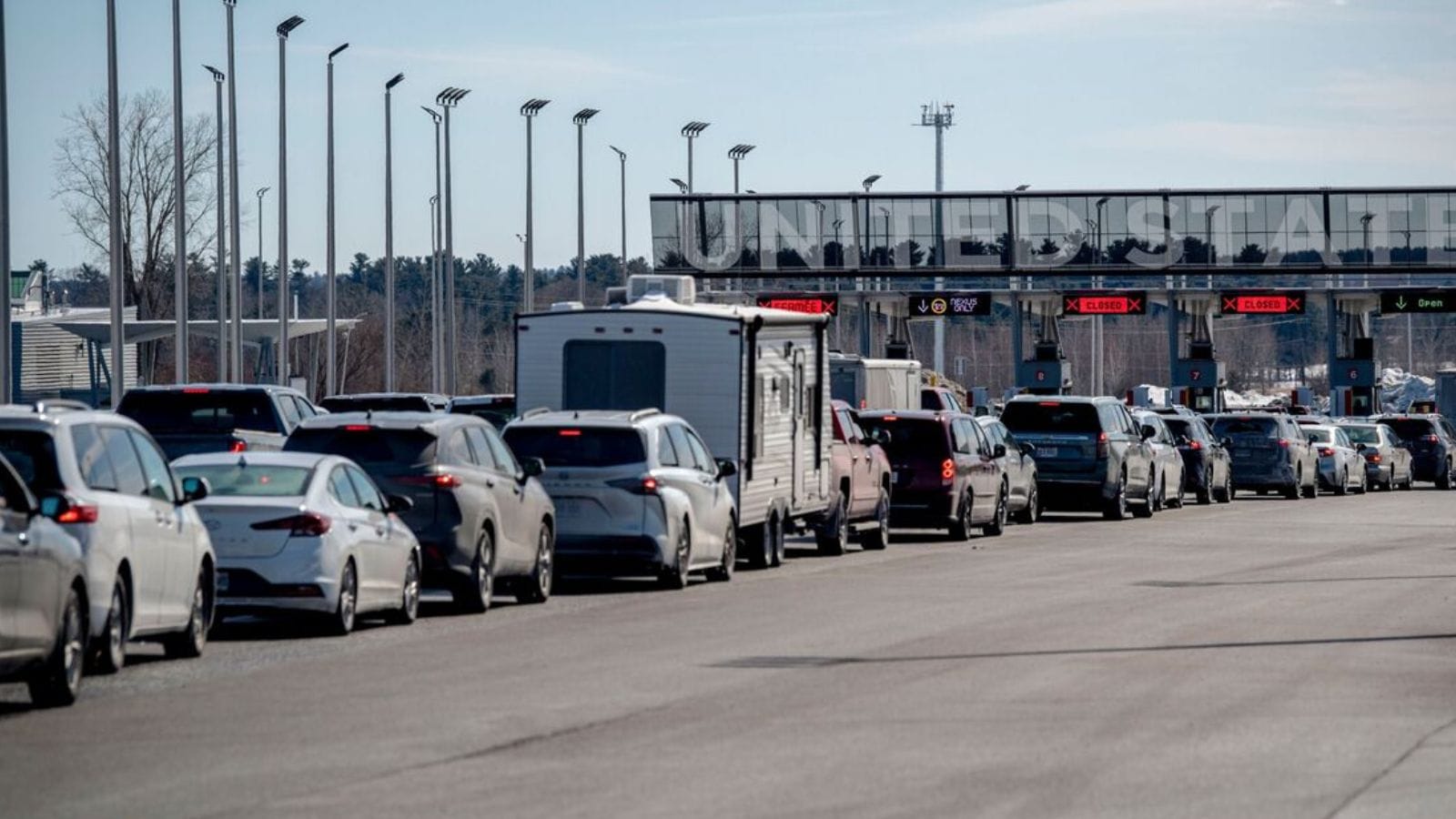
Cross-border vehicle purchases in Canada have notably declined amid mounting tariffs. Canada imposed a 25% surtax on U.S. cars in response to the U.S. response to Canada’s steel, aluminum, and auto parts tariffs. According to CBP data, 500,000 fewer Canadians crossed into the U.S. in February 2025 compared to the same month a year earlier, with vehicle crossings decreasing from 1.4 million to 1.2 million. J.D. Power projects that new-car prices in Canada could surge by up to CA$6,000 due to these tariffs, prompting 47% of buyers to reconsider their purchases and shift to used vehicles.
Increase in Parts Piracy and Grey Market Imports
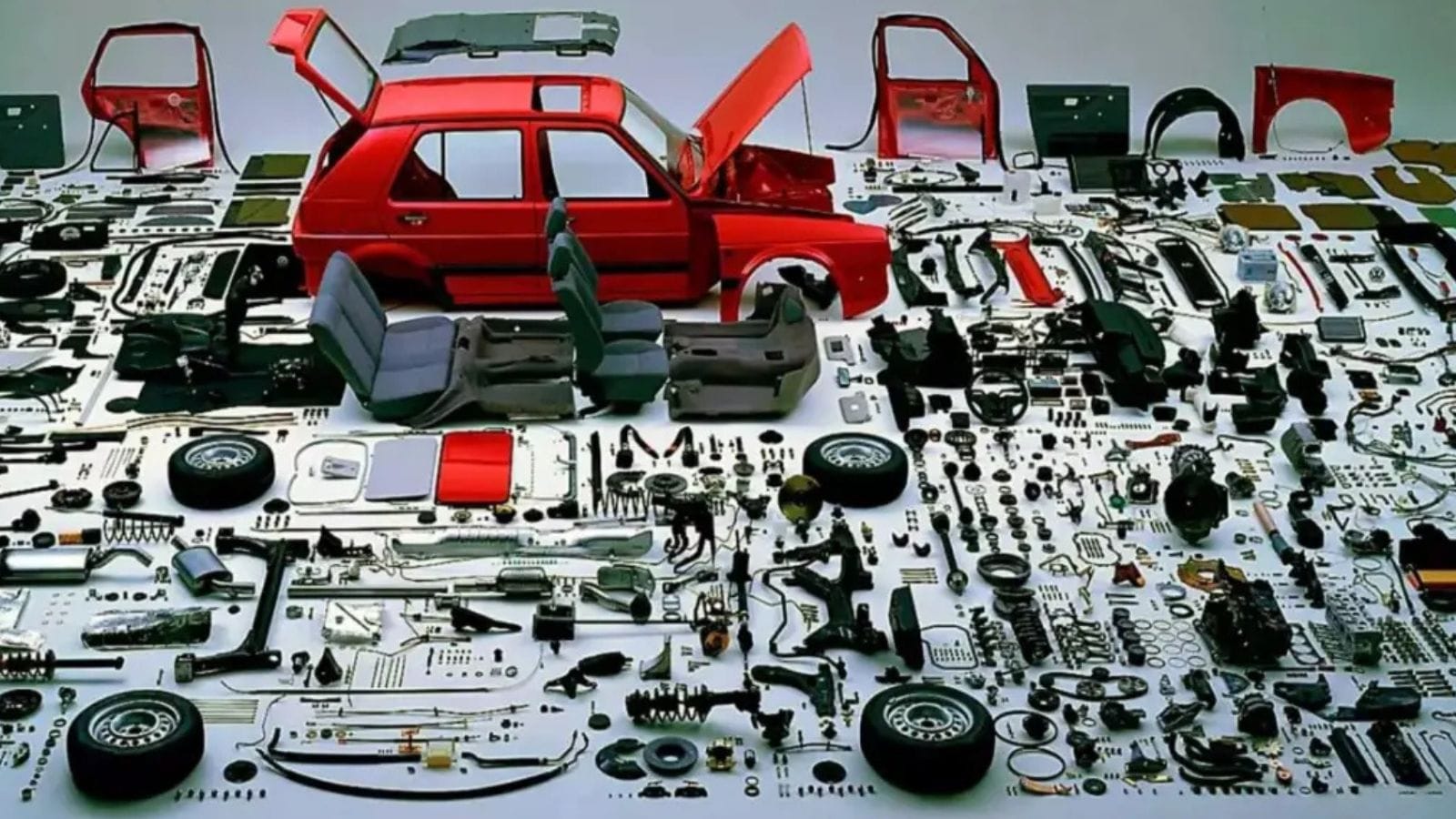
Higher costs and scarcity have fueled a rise in grey-market parts and even entire vehicles smuggled or falsely declared to avoid tariffs. This has regulators scrambling to close loopholes. An Équité Association report highlights that inflated prices and delayed deliveries are fueling demand for stolen or counterfeit parts, particularly wiring harnesses and batteries. At the same time, many Canadians are exploring grey‑market imports—vehicles and components smuggled or brought through non-traditional channels—to skirt compliance costs and leverage lower pricing from regions like Europe and Japan.
EV Batteries Hit Hard

EVs are not immune. Battery packs sourced from China and South Korea are facing new tariffs, which could add up to $5,000 to the cost of electric vehicles like the Hyundai Ioniq 5 and Tesla Model 3. In this context, Honda Canada has postponed its CA$15 billion EV plant investment by two years, explicitly citing tariff-driven “market cooling”. Conversely, Electric Mobility Canada reports that 93 % of EVs sold in Canada originate outside the U.S. and thus avoid these tariffs. Ultimately, while batteries face cost pressures, Canada’s diverse EV sourcing underpins resilience in its 2025 car market.
More Leasing, Less Buying

As a result of tariffs, leasing is becoming a preferred method to buffer upfront costs, even though monthly lease payments are also climbing by roughly US$50–100 per month for a $40,000 car. Despite this, leases offer flexibility compared to locking into expensive loans, prompting a growing number of Canadians—mainly urban and younger demographics—to favor short-term commitments. Additionally, dealerships report a 22% increase in lease agreements as buyers attempt to keep monthly payments manageable.
Tariff-Triggered Dealer Closures

Smaller dealerships, particularly those specializing in niche imports, are struggling to stay afloat. As MSRP climbed by CA$5,000–10,000 per vehicle, especially on U.S.-sourced models, dealer margins eroded, and some shops began layoffs or downsizing. Retailers also confronted a double whammy: supply shortfalls amid rising sticker prices pushed more buyers toward used cars, further tightening inventory. Dealers in regions reliant on U.S. imports were hardest hit, leading to localized closures of smaller franchises.
Growth of Subscription Services

Automakers like Volvo and Porsche are expanding car subscription services as an alternative to purchasing or leasing a vehicle. Subscription offerings, such as Volvo’s “Care by Volvo” in Canada, and third-party plans, like Shift Ride and Clutch, bundle insurance, maintenance, and flexible access, with some allowing model swaps every four weeks. Globally, the North American vehicle subscription market reached an estimated US$8.9 billion in 2025 and is projected to grow at a 25–28% CAGR through the decade, mirroring broader trends in Canada.
Local Suppliers Gaining Traction
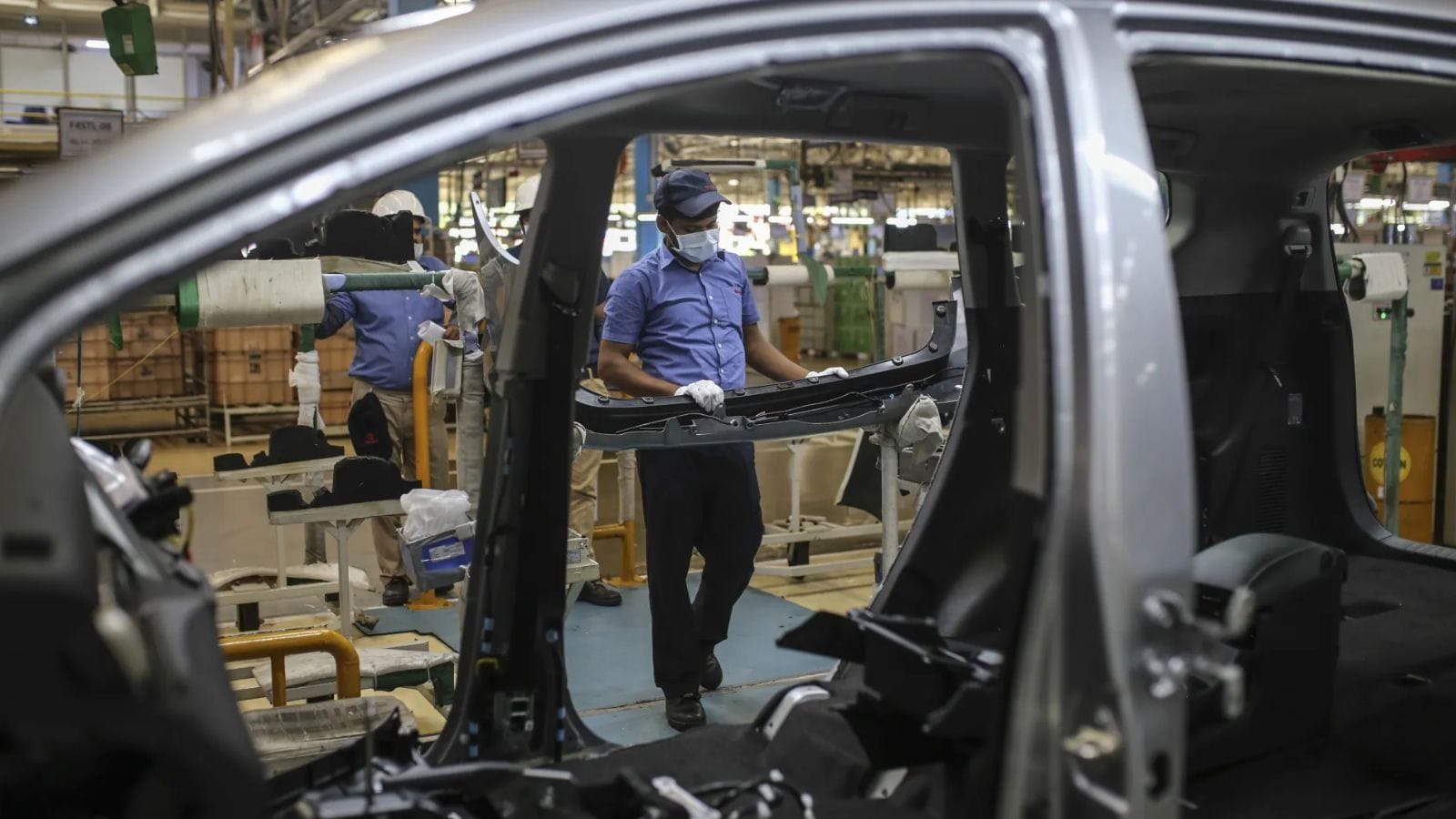
To reduce tariff exposure, manufacturers are sourcing more parts domestically. Ontario and Quebec parts suppliers have seen a record number of new contracts, boosting local economies, but are also facing capacity challenges. Industry data reveals that smaller supplier firms are consolidating to increase scale and invest in automation to absorb cost burdens. Meanwhile, cross-border production partnerships have proliferated—roughly half of Canadian vehicle exports are now sent to U.S. plants for final assembly, helping to avoid tariff exposure.
OEMs Lobbying for Tariff Relief
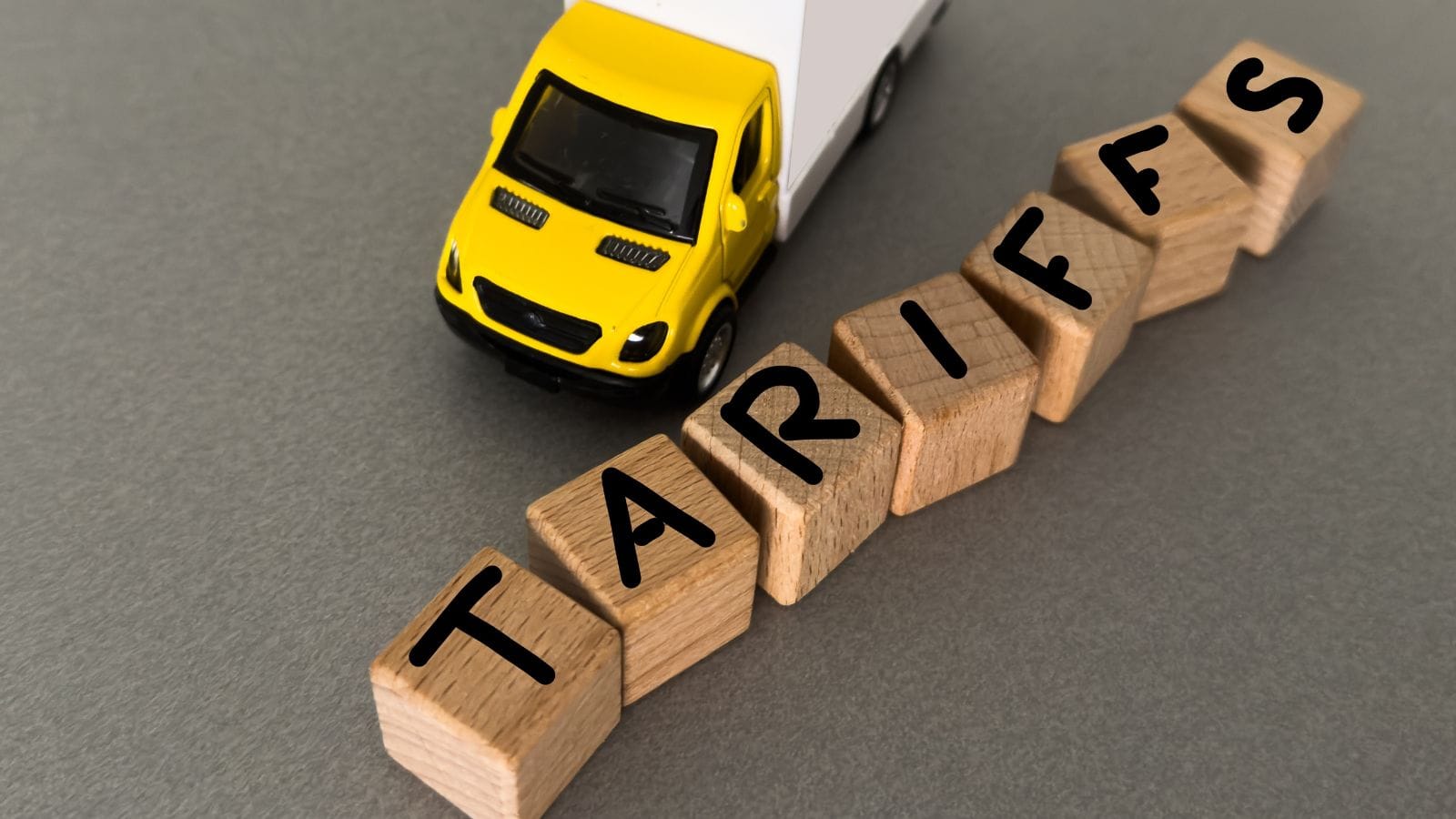
Automakers are lobbying Ottawa hard for tariff exemptions, especially for critical components like semiconductors and EV batteries. Industry insiders expect more intense trade negotiations in the second half of 2025. Meanwhile, Canada also introduced a six-month pause on tariffs for U.S. inputs used in manufacturing, public safety, food, and health sectors to stabilize supply chains. These measures reflect effective OEM lobbying and position the tariff relief trend as a pivotal factor influencing production, pricing, and investment strategies in Canada’s 2025 auto landscape.
Shifts in Model Lineups
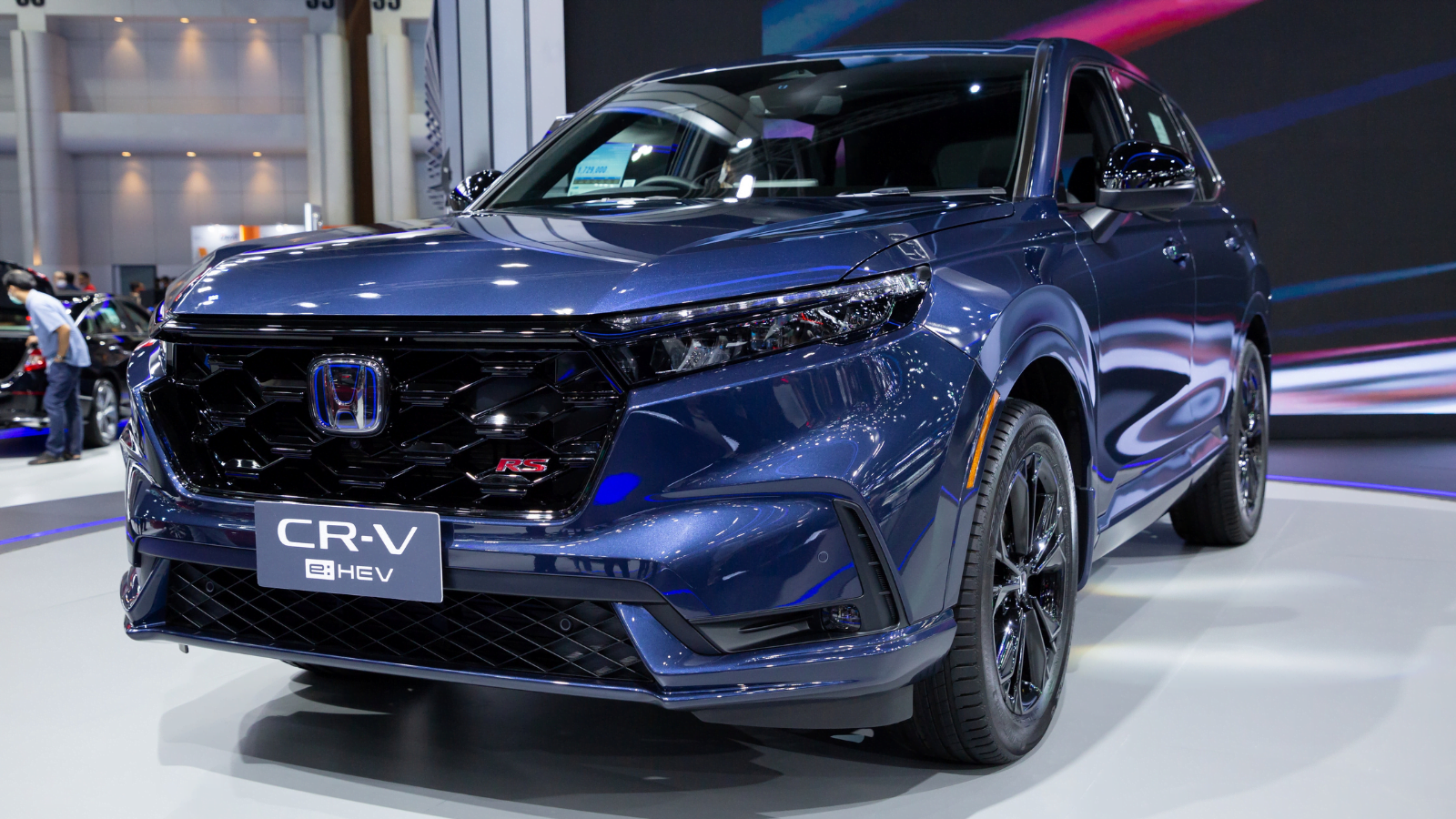
Some automakers are discontinuing low-volume models that are heavily taxed by tariffs. Expect fewer niche trims and more focus on best-sellers that can be assembled locally. Nissan halted production of Pathfinder, Murano, and Frontier at U.S. plants exporting to Canada, citing tariff pressures linked to the Trump-era auto tax. Honda also responded by shifting CR-V output between its Canadian and U.S. plants, maintaining overall volume while realigning production. These strategic lineup and sourcing changes underscore manufacturers’ efforts to preserve affordability and market presence in Canada amidst tariff-driven supply‑chain disruption.
Rise of Tariff-Proof Brands
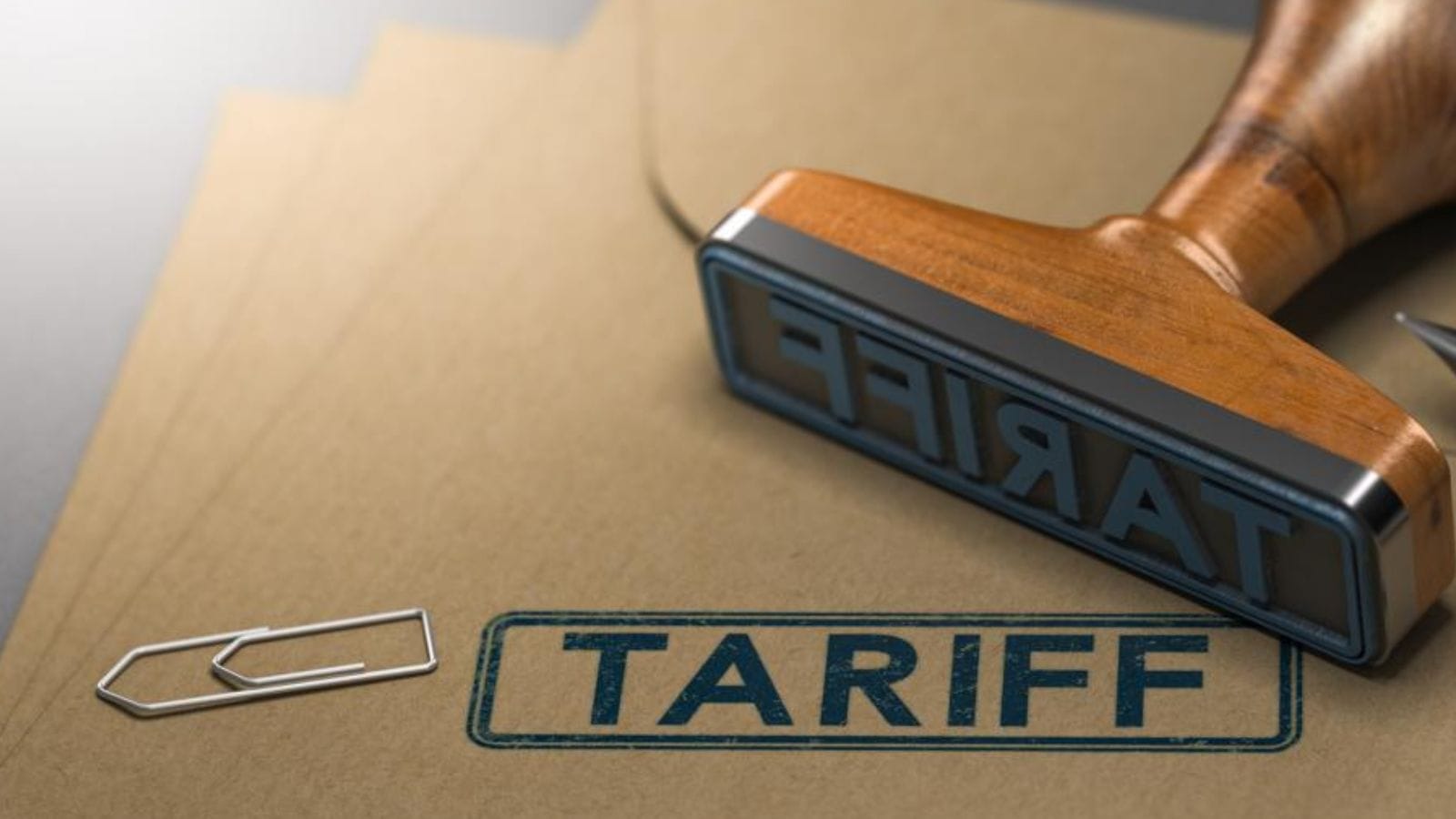
Brands like Honda, Ford, GM, Stellantis, and Toyota have responded by shifting production to Canada or Mexico; Canada incentivizes this through a remission framework to protect domestic jobs. Automakers emphasizing local EV battery plants—such as Honda’s $15 billion Ontario hub and Stellantis’ and LG’s battery ventures—are seen as more tariff-proof. Consumers are increasingly preferring these brands, fearing price hikes of up to CA$4,700–12,000 on U.S.-built models, which are subject to full duty.
More Basic Features to Keep Costs Down

Automakers are simplifying trim levels by eliminating features that rely on expensive imported components. As North America’s integrated supply chain absorbs higher duties, companies are emphasizing essential features—such as manual seats, cloth interiors, and basic safety technology—to offset rising material and tariff costs without sacrificing volumes. This trend aligns with a broader 7.5% forecasted drop in Canadian vehicle sales in late 2025, if tariffs persist. Plus, dealers report tight inventories and elevated used‑car prices, underscoring consumer demand for lower-cost new vehicles.
Higher Insurance Premiums

With vehicles costing more, insurers have adjusted premiums to reflect higher replacement costs. Average premiums have risen 8% nationwide since early 2024. Insurers, such as Intact, are strengthening Canadian supply chains to mitigate the impact, but policyholders should prepare for consistent increases at policy renewals, especially in provinces with private carriers. Overall, tariffs are adding significant upward pressure to claims costs, and consumers should expect noticeably higher auto insurance premiums through 2025.
Surge in Private Sales

With dealership markups and tariffs squeezing wallets, private vehicle sales have jumped 27% year-over-year, according to Kijiji Autos data. Meanwhile, escalating new-vehicle prices—projected increases of CA$3,300 to CA$6,000—pushed many buyers toward the private and used markets. Supply constraints in off-lease inventory further constrained options, amplifying private sale space activity. As a result, the previously quiet private-sale segment experienced marked growth, with budget-conscious consumers turning to individual sellers to avoid steep markups at dealers.
Popularity of Alternative Mobility Options

As 25% duties are applied to U.S.-made and non-compliant imports, Canadians are turning to subscription car services, shared mobility, and used vehicles as cost-effective substitutes. The use of subscription-based models increased by roughly 35% in 2024, with analysts forecasting that these services will account for 8–10% of urban automotive activity by 2028. Shared mobility revenue is expected to reach US$21.6 billion in Canada by 2025, reflecting the growing adoption of car-sharing, ride-hailing, bikes, and scooters.
U.S. Lobbying Pressures
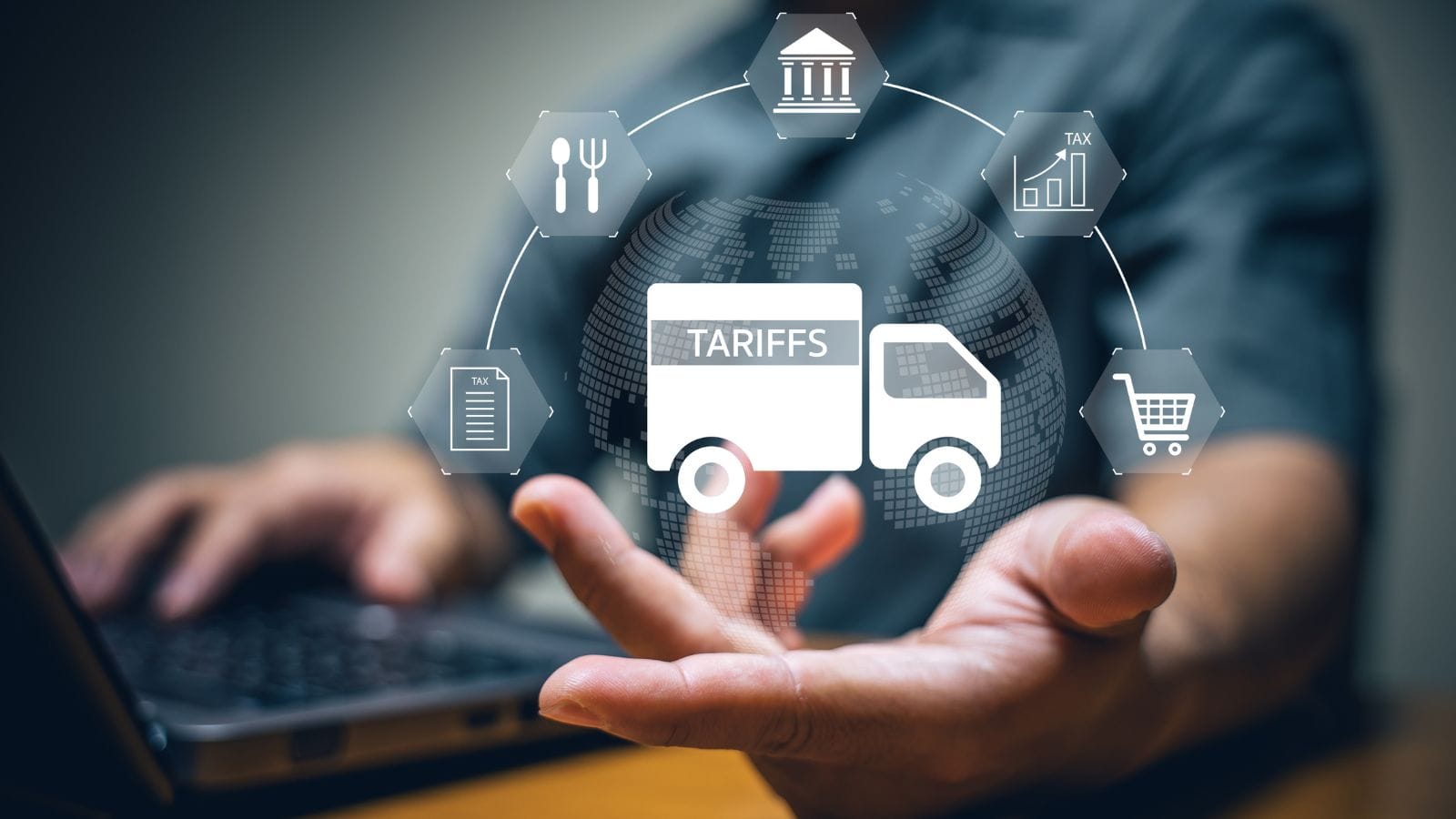
Canada is under pressure from U.S. lawmakers who want retaliatory tariffs eased, especially on cross-border components. NAFTA’s legacy and USMCA clauses are now battlegrounds for trade lawyers. These tit‑for‑tat measures have escalated costs: Benchmark and Anderson forecast U.S. retail price surges ranging from CA$8,000 to over CA$12,000 per vehicle. The unintended result: Canadian consumers face higher new-car prices, insurers anticipate insurance hikes, and automakers are re-evaluating supply chains and plant investments, keeping Canada’s car market in a tense stalemate into 2025.
Increased Focus on Circular Economy
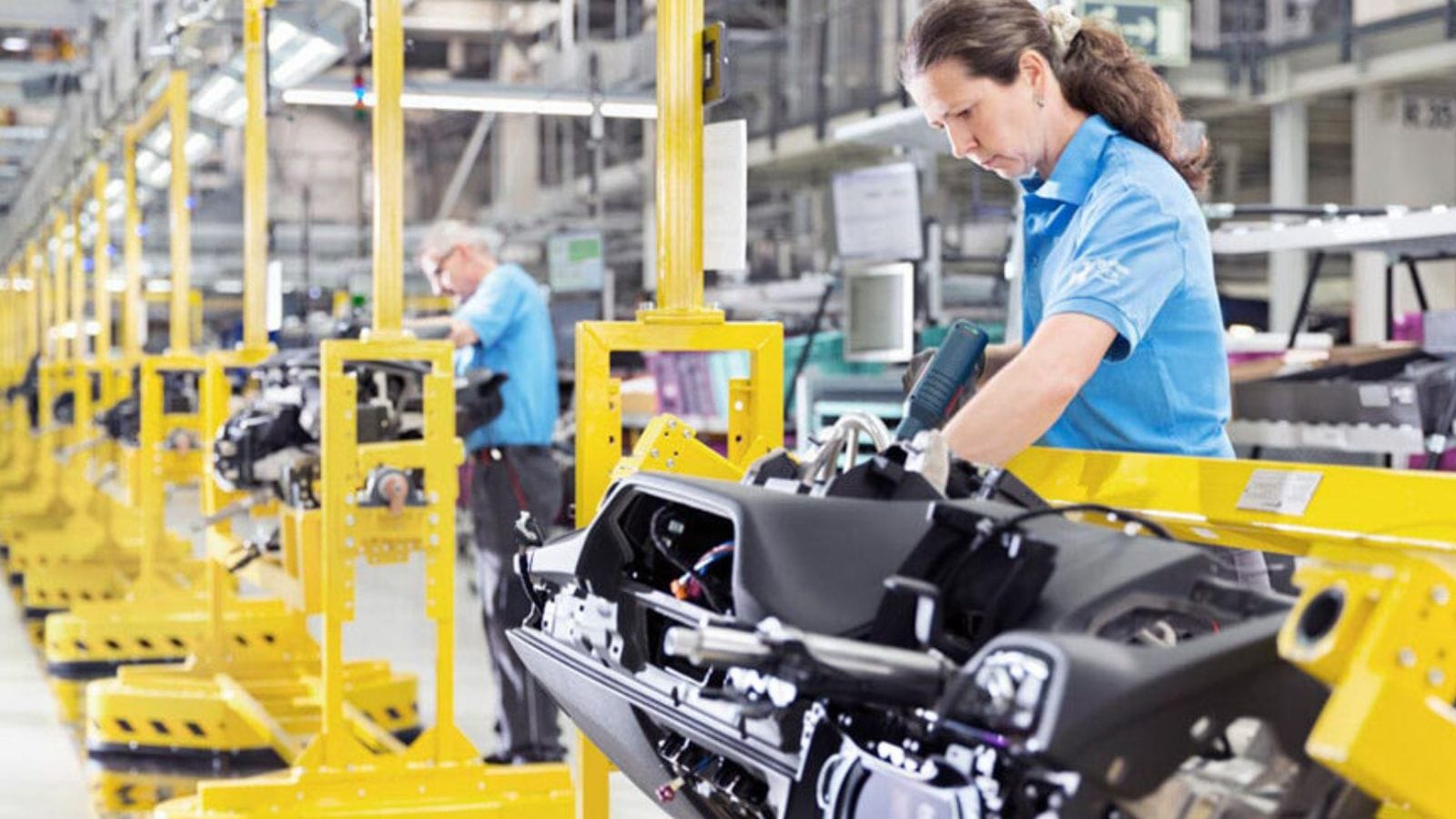
OEMs are pushing more recycling and refurbishment of parts to dodge tariffs on new imports. Automakers and suppliers are now exploring eco-industrial parks, closed-loop battery reuse, and local remanufacturing hubs, enhancing resilience amid trade volatility. Ultimately, Canada’s circular‑economy pivot not only mitigates immediate tariff pressures but also positions its automotive sector for sustainable competitiveness and supply‑chain independence through 2025. Therefore, expect to see more remanufactured engines, batteries, and transmissions marketed as eco-friendly and tariff-friendly.
New Tariffs on Luxury Vehicles

The federal government is considering additional luxury taxes on top of tariffs to target high-end models, which could further increase the prices of luxury electric vehicles and SUVs. Consequently, prices for these vehicles in Canada have surged—analysts estimate cost hikes of $6,000–$8,000 per vehicle. Tesla has acknowledged rising costs by promoting “pre-tariff” pricing to buyers. This policy reinforces North American supply‑chain integration under CUSMA while protecting Canadian interests amid growing U.S. trade protectionism.
More Dealership Incentives

To counteract sticker shock, dealerships are offering aggressive incentives, loyalty bonuses, and bundled maintenance packages to sweeten deals for wary buyers. Incentives also include discounts, subsidized financing or leasing terms, and special rebate “stacking” offers that help buyers avoid sticker shock. Meanwhile, dealers are intensifying promotions on pre-tariff inventory and refining lease programs to maintain affordability. Additionally, as new vehicles become more expensive, dealers also shift their focus toward certified used cars and fixed-ops revenue, using incentives to steer buyers into more profitable segments.
Rural Communities Hit Harder

Remote regions feel the squeeze more, as limited dealership options and higher transport costs amplify the effects of tariffs. Oxford Economics predicts Canada’s motor‑vehicle exports will fall by over 6 % this year, costing CA$550 million and more than 2,200 auto‑sector jobs nationally. Still, the ripple effects are even more acute in rural supply hubs. Towns near St. Catharines and Lincoln, ON, report rising input costs (1–2 %) and border delays that reduce tourism and freight flow. Additionally, with small-town manufacturers and logistics firms struggling, unemployment and community revenue are declining.
Push for Canada-Asia Trade Deals

With U.S. relations strained, Ottawa is courting new trade deals with South Korea and Japan to reduce tariffs on EVs and hybrid components. The outcome could reshape the market by 2026. Additionally, concurrent trade missions to Malaysia, Vietnam, the Philippines, Korea, and Indonesia—led by Minister Mary Ng—are building momentum toward an ASEAN-Canada FTA by the end of 2025. These Asia-focused deals aim to diversify Canada’s auto supply chains, offsetting rising costs from Western tariffs and stabilizing its 2025 car market.
Consumers Getting Savvier

Finally, Canadian buyers are researching more than ever, using online tools to compare tariff impacts, hidden fees, and sourcing alternatives. Additionally, consumers have become more strategic: many are rushing to lock in “pre-tariff” prices, as seen with Tesla promotions, and are increasingly considering used vehicles or domestic models to circumvent inflationary pressures. This savvy behavior is reshaping market demand, as buyers weigh lower-priced imports, timing of purchases, and alternative financing options in a complex, tariff‑tinged environment. Expect a more informed, negotiation-ready consumer base in 2025.
21 Products Canadians Should Stockpile Before Tariffs Hit

If trade tensions escalate between Canada and the U.S., everyday essentials can suddenly disappear or skyrocket in price. Products like pantry basics and tech must-haves that depend on are deeply tied to cross-border supply chains and are likely to face various kinds of disruptions
21 Products Canadians Should Stockpile Before Tariffs Hit
